PRESERVING A MILITARY LEGACY FOR FUTURE GENERATIONS
The following Reflections represents AMCS Robert D. Collins’s legacy of his military service from 1964 to 1985. If you are a Veteran, consider preserving a record of your own military service, including your memories and photographs, on Togetherweserved.com (TWS), the leading archive of living military history. The following Service Reflections is an easy-to-complete self-interview, located on your TWS Military Service Page, which enables you to remember key people and events from your military service and the impact they made on your life. Start recording your own Military Memories HERE.
Please describe who or what influenced your decision to join the Navy.

My father, SF1 Roy D. Collins, was in the Navy from Feb. 1941 to 1961. As a consequence of that, I went to school in San Diego (Kindergarten), Seattle (first grade), Guam (second grade), Chi Chi Jima (no school), San Diego (4th & 5th grade), Hawaii (6th to half of the 8th grade) and back to San Diego for 8th to 12th grades). I graduated in June 1964.
My education was somewhat of a mess, and the Viet Nam War was just starting to really rev up. Most of my friends were going to college or getting on the waiting list for the National Guard. I went into the Navy for two reasons: First, I did not want to get drafted into the Army and probably fight in Viet Nam. Second, I figured that it was my best chance to have a decent career, and no one would be shooting at me. I had been around the Navy all my life, so it would be familiar to me.
I enlisted in the Aviation High School Program, which meant I was guaranteed an “A” School in an Aviation Rating.
Whether you were in the service for several years or as a career, please describe the direction or path you took. What was your reason for leaving?
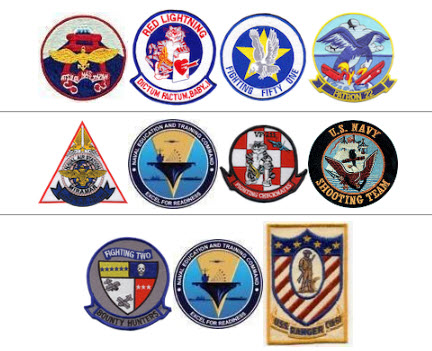
After Boot Camp in San Diego, I attended AME “A” School from January to June 1965. I selected the AME Rating as it seemed to be the most challenging. Working on ejection seats, canopy jettisons systems, Liquid and Gaseous Oxygen systems, and air conditioning and pressurization systems were interesting and important.
I went to VF 124 at NAS Miramar for training on the F-8 Crusader.
I reported to NAS Atsugi Japan in August 1965, where I worked on F-8, F-4, and A-4 systems and became a Collateral Duty Inspector on all three aircraft. We worked 12 hours a day for six days a week. On Duty days w,e worked 15 hours and stood a 4-hour watch. My Collateral Duty was on the NBC Warfare Team. We practiced responding to Nuclear and Biological incidents. I went to NBC Warfare training in Yokosuka, Japan. I was promoted to E-5 after 2.5 years of service. I also played center and middle linebacker on the football team for two seasons, against Tachikawa and Clark Airforce Bases and Yokosuka Naval Base.
Then I transferred to VF 194 at NAS Miramar in August 1967. The stay was short; as it turned out, the Squadron was overmanned with AMEs. asked
I was transferred to VF-51 at NAS Miramar on December 23. We deployed in January 1968 to WESPAC in USS Bonhomie Richard CVA-31 for 10 Months to Viet Nam as the Shop Supervisor. This Squadron was short-handed for AMEs, and we ended up with one AME in Subic Bay Beach Det. And 1 AME (me) on the ship for the last four months of the cruise. I lost 40 pounds on that cruise.

I reenlisted for Sea Duty in Hawaii. I had had enough of tail hooks. I was assigned to VP 22 at NAS BARBERS POINT, Hawaii, in November 1968. I worked in the Airframes Shop for a couple of months. I asked to be assigned to a Flight Crew and went to Moffit Field, California, for training on the P-3 aircraft systems. I flew as a Second Mech and Aft Observer in training for Flight Engineer. During this assignment, my mother died, and my father had a stroke. As a consequence, I received a Humanitarian Transfer.
November 1969 to NAS Miramar, San Diego, California, to care for my father. I worked in the Aircraft Intermediate Maintenance Department Liquid Oxygen Storage and Service Center. We stored and serviced aircraft LOX systems and converted Liquid Oxygen and Nitrogen into gas for servicing Aircraft. After a year, I was assigned to work in the Parachute Loft Maintenance Control as the supervisor. We maintained control of chute maintenance, repacking, manufacturing cloth containers for squadron support, testing, and maintaining Oxygen Regulators for aircraft and crew. I attended Junior College at night and was promoted to Petty Officer First Class during this period.
I applied for The Associate’s Degree Completion Program (ADCOP) and was selected to attend Grossmont College, La Mesa, California, from Aug. ’73 to June ’75. I received an Associate’s Degree in General Education with Honors.
My next assignment was VF.211 NAS Miramar (June 1975). I was assigned to the Quality Assurance Department. We performed corrosion and maintenance inspections on the F-14 Tomcat aircraft and ensured the safety of the men and aircraft. I started shooting Pistol competitions and competed on weekends twice a month.
I was transferred to VF 2 at NAS Miramar in Feb. ’76, where I worked as the Night Shift Supervisor of the AME Shop on the F-14 Tomcat. We deployed to WESTPAC in USS Enterprise CVN 65 from July ’76 to Jan. ’77. During this cruise, we visited Pearl Harbor, Subic Bay, Singapore, Yokosuka, Japan, Hong Kong, Mombasa, Kenya, and Hobart, Tasmania. I got married to Lyn in February 1978. She had two children, Sean and Misty. I met her while visiting my dad and his new wife in Idaho. I deployed again to WESTPAC in USS Enterprise CVN 65 from Feb. ’78 to Aug. ’78. I was assigned to Flight Deck Trouble Shooters and Final Checker Supervisor. After the line chief was injured and sent back to San Diego for surgery, I was assigned Acting Line Chief and Trouble Shooters Supervisor. I was promoted to Chief at the end of the Cruse. Lyn and her children moved to San Diego, and we lived in Navy Housing in Tiera Santa.

I was assigned to Instructor duty at Naval Air Maintenance Training Detachment (NAMTD) 1025, NAS MIRAMAR, from Aug. ’79 – to Aug. 84. I attended Instructor School and taught F-8, E-2, and C-2 Aircraft Maintenance and Corrosion Control. My responsibilities included writing and updating training courses for these aircraft. I really enjoyed teaching. I continued shooting competitively when possible. I was the Pacific Fleet Pistol Champion in 1993 and became a distinguished Pistol Shot. During this assignment, I attended a school hosted at North Island Naval Air Station. Southern Illinois University flew an instructor to North Island every other Weekend to teach Saturday and Sunday for 8 hours a day. After 16 months, in June 1981, I completed a BS in Occupational Education with Honors. I received the Designation of Master Training Specialist. After several months I enrolled at National University, where I attended class two nights a week for 5 hours, one Course a month format. I attained a Master’s Degree in Instructional Technology. In August 1983, I was promoted to Senior Chief and promoted to Chief Petty Officer in Charge of NAMTD 1025. This is a Master Chief Billet.
My last assignment was the USS RANGER CVA 64 AIMD NSY Bremerton (Aug. ’84 to Aug.’ 85). We moved the family to Idaho before the transfer so that they would be closer. I was assigned as Administration Chief. I ensured that incoming sailors were assigned necessary training en route to USS Ranger and that all Personnel Performance Evaluations were completed in a timely manner. I drove 500 miles to Idaho every other Friday after work and back Sunday afternoon. This was my first Ships Company Assignment, and I was very glad to transfer to the Fleet Reserve.
I knew there were no Ejection Seats in Civilian Aircraft, and I didn’t want to work on aircraft anymore. I had been in or around the Navy all of my life at that point. I wanted to teach!
Assisting others to improve themselves and help them attain their goals was the most satisfying endeavor in my life.
If you participated in any military operations, including combat, humanitarian and peacekeeping operations, please describe those which made a lasting impact on you and, if life-changing, in what way?
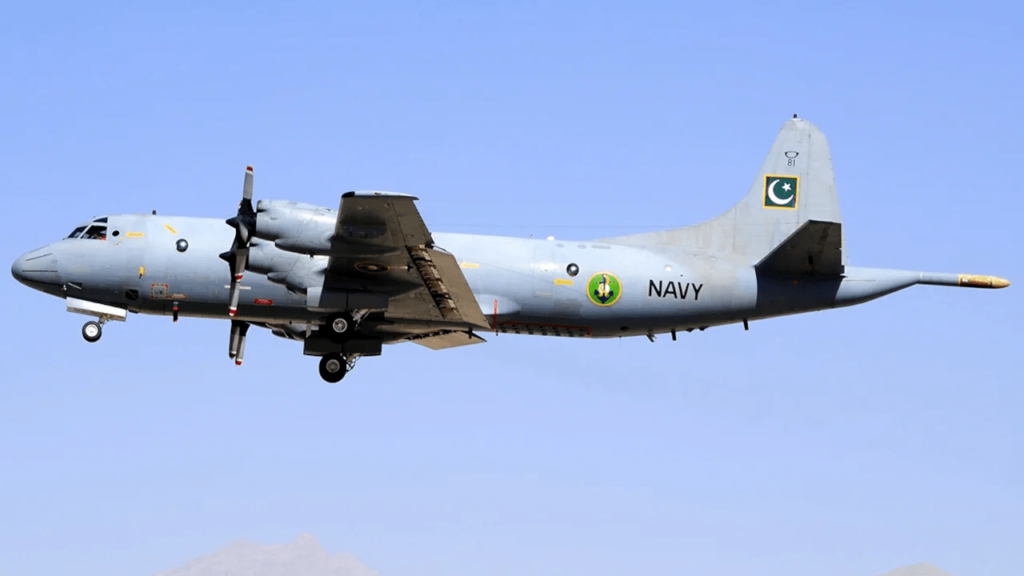
I was deployed in Bonhomie Richard during TET in 1968. My Squadron, VF51, was short-handed, and the working hours were brutal. Being the only AME in the Squadron, I worked a modified day shift, and it usually starts in the morning at about 1000. I worked for the flight deck as a troubleshooter and helped load and arm bombs. When an aircraft came in with a gripe, I troubleshot the problem, replaced the damaged part, and turned up the aircraft to test the system and designate the Aircraft ready for flight.
After flight operations, I completed scheduled maintenance, worked off all the Up gripes, and completed Pre-flight Daily inspections on all aircraft scheduled for a flight that day. I usually completed this task at around 0500 and went to bed.
After working those long hours and losing 40lb, I was determined to find something less strenuous. I wanted to be Air Crew, so I researched the positions for AMEs and identified the only Sea Duty in Hawaii was VP Squadrons with P3 Aircraft.
Of all your duty stations or assignments, which one do you have fondest memories of and why? Which was your least favorite?
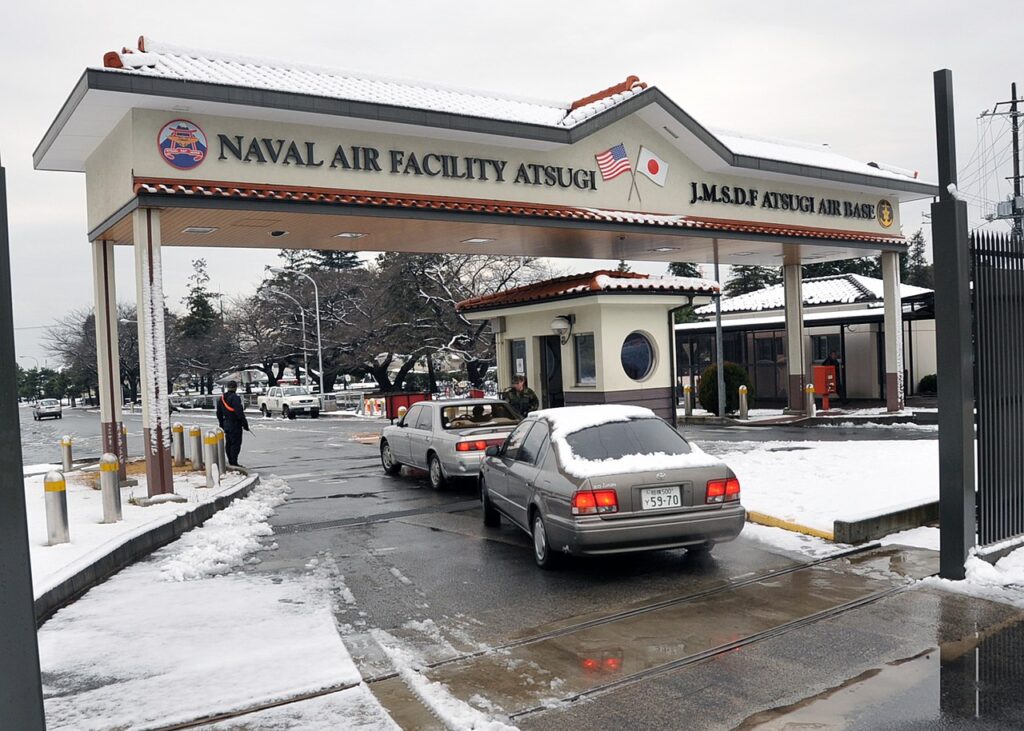
I believe Atsugi Japan was the assignment with the fondest memories. One of my friends had a car, and we would drive up to the mountains and try to reach Mt Fuji before the clouds would engulf it. We would go to Tokyo by train to the Ginza and walk to the Emperor’s Palace and take pictures. Then we would walk down to the Ginza and have draft beer. I also played on the station Football team there.
My least favorite station was the USS Ranger in the Yards in Bremerton, Washington. I drove 500 miles to Idaho every other Friday after work and back Sunday afternoon. The work was tedious and provided little opportunity to get to know the men, much less have the opportunity to give them encouragement or guidance in their careers or life.
From your entire military service, describe any memories you still reflect back on to this day.
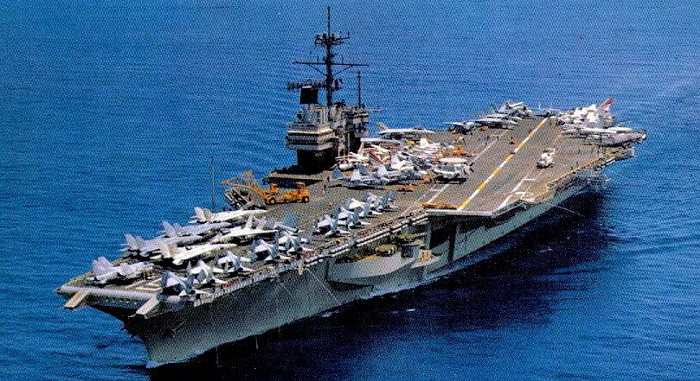
Working under the stress of deployment and long sea time at times makes men come to hate their best friends, only to reflect and rekindle that friendship when leaving the line for a visit to a friendly destination, if only for a few days. This brings men to be lifelong friends.
I served in the Navy for 21 years of my life. When I transferred to the Fleet Reserve, I was 39 years old and starting all over again! Now, at the end of my working life, I realize that the best and probably the most satisfying years of my life were spent in the service of my country in the US Navy! My life was organized and had meaning and purpose. It was hard and demanding, but I had the respect of those that I worked with and for! Looking back on this time, I received tremendous gratification from the work I accomplished and the lives that were saved as a result of my work.
How can anyone possibly explain the experience of Naval Aviation?
How do you explain what it has been like to have been to the places I have been and things that I have seen?
How do you explain what it is like to work with purpose?
How do you explain the satisfaction that comes from seeing an aircraft leave the deck of a carrier after you have readied it for flight.
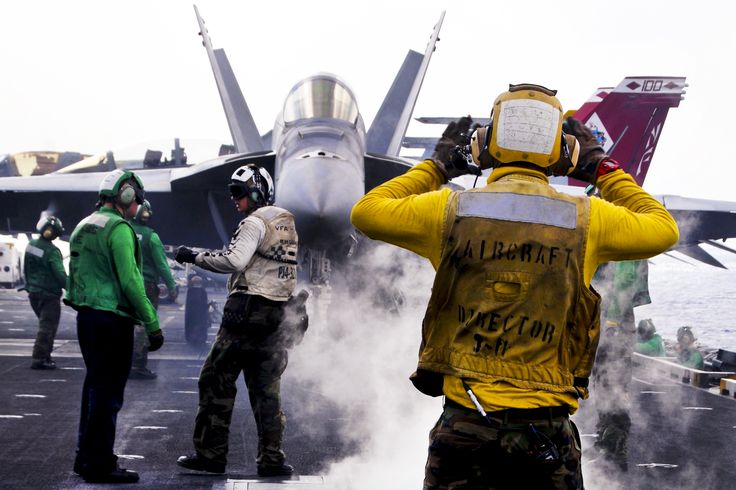
How do you explain the feeling of hearing that one of your aircraft has gone down and then getting the news that the pilot is retrieved and OK?
How do you explain working on the flight deck of an aircraft carrier with all of the action happening in such close quarters?
How do you possibly explain finding yourself on the flight deck at night with only a red lens flashlight trying to see to repair a system on an aircraft?
How do you explain moons so bright and nights so dark that they defy logic?
How do you explain sunrises and sunsets so glorious that you knew in your heart that it had created that exact moment in time just for you?
How do you explain the fellowship of the shop and squadron personnel where no slack is given and none is taken?
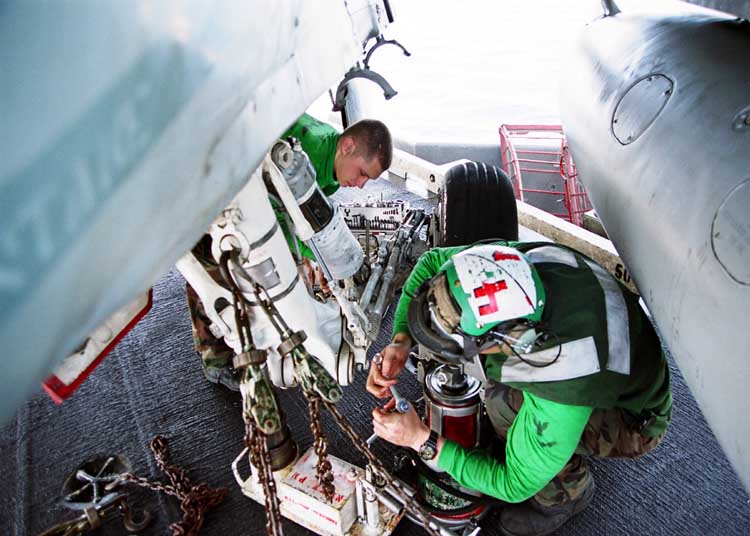
How do you explain an environment where the content of a man’s character can be summed up into two simple 4-word phrases – “He’s a good $h ** “or “He’s a f***in’ idiot.”
How do you explain the heart of maintenance professionals whose only enjoyment comes from taking care of young sailors and providing “up” aircraft to complete their missions?
How do you explain the dedication of the young sailors burdened with the responsibilities of others’ lives and paid peanuts?
How do you explain the type of women who are crazy enough to marry into the Navy, who endure long working hours and long periods of separation, and who are painfully and quietly forced to accept the realization that they are second to the job?
The simple fact is that you can’t explain it; none of it. It is something that only a very select few of us will ever know. We are bonded for life by our proprietary knowledge, and it excludes all others from our fraternity.
What professional achievements are you most proud of from your military career?
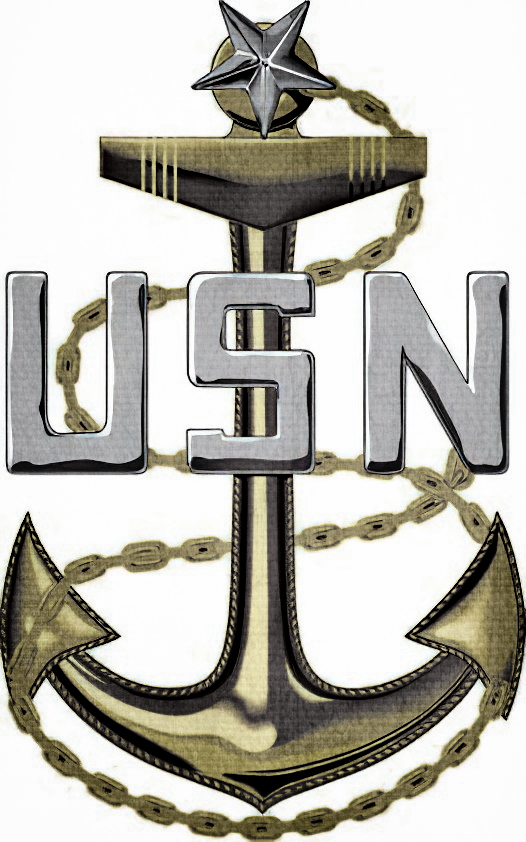
I am proud to have attained the rank of Senior Chief Petty Officer. I did not get promoted to E8.
On my first opportunity, despite my record and the MS Degree. It was pointed out that I had no experience working in squadron-level Maintenance Control. I went to the CAG Master Chief and asked if any squadrons needed assistance with Night Check Maintenance. He sent me to the VF51 Maintenance Chief. I was working from 0700 to 1600 Monday through Friday. He needed a Night check Maintenance Chief as they were deploying in January 1983. I worked seven days a week from 1600 to an average of 0200 from September 1982 to January 1983 and maintained my regular work schedule. I took two weeks leave, covered the Beach Det for their last Carrier Qualls before deployment, and managed to return four aircraft to full flight Status in readiness for the WESTPAC.
I received a letter of appreciation from the Commanding Officer of VF51 and A Letter of Commendation from Carrier Air Group (CAG).
Of all the medals, awards, formal presentations and qualification badges you received, or other memorabilia, which one is the most meaningful to you and why?

I received the Navy Achievement Medal for my administration of NAMTD 1025. I am very proud of the sailors who worked very hard with outstanding professionalism and pride to help me make the Detachment a great success and win the 1983 Pacific Fleet Pistol Championship.
Which individual(s) from your time in the military stand out as having the most positive impact on you and why?
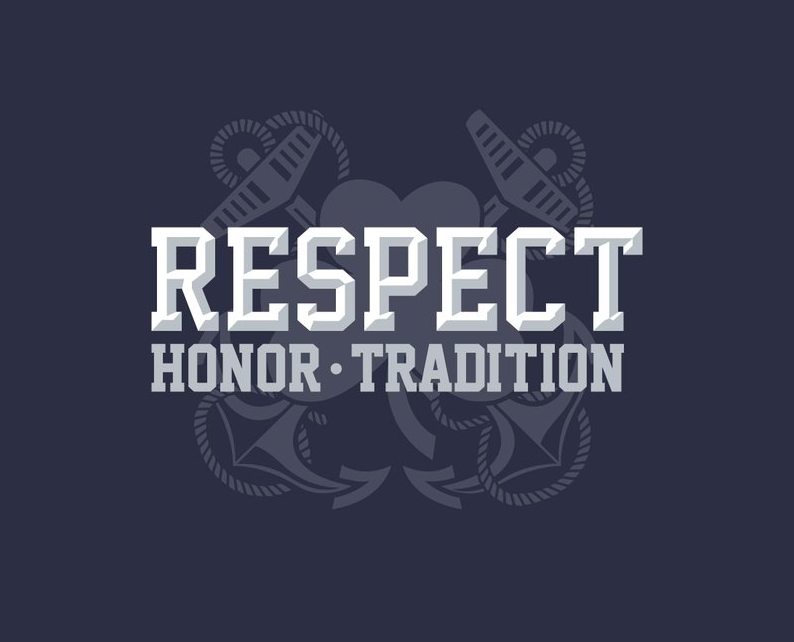
When I was assigned to VF 51 as shop supervisor, I was very demanding of the crew, and not having any leadership experience was sometimes harsh. The Maintenance Control Senior Chief had a talk with me. He pointed out the shop’s record for good maintenance but noted the Moral as being low. Then he noted to me that to get respect, you first have to give respect! In the form of praise and/or just social interaction and giving of yourself, setting a consistent example and letting people know that you respect them as a person and professionals.
That became my philosophy and my guide for the rest of my life.
List the names of old friends you served with, at which locations, and recount what you remember most about them. Indicate those you are already in touch with and those you would like to make contact with.
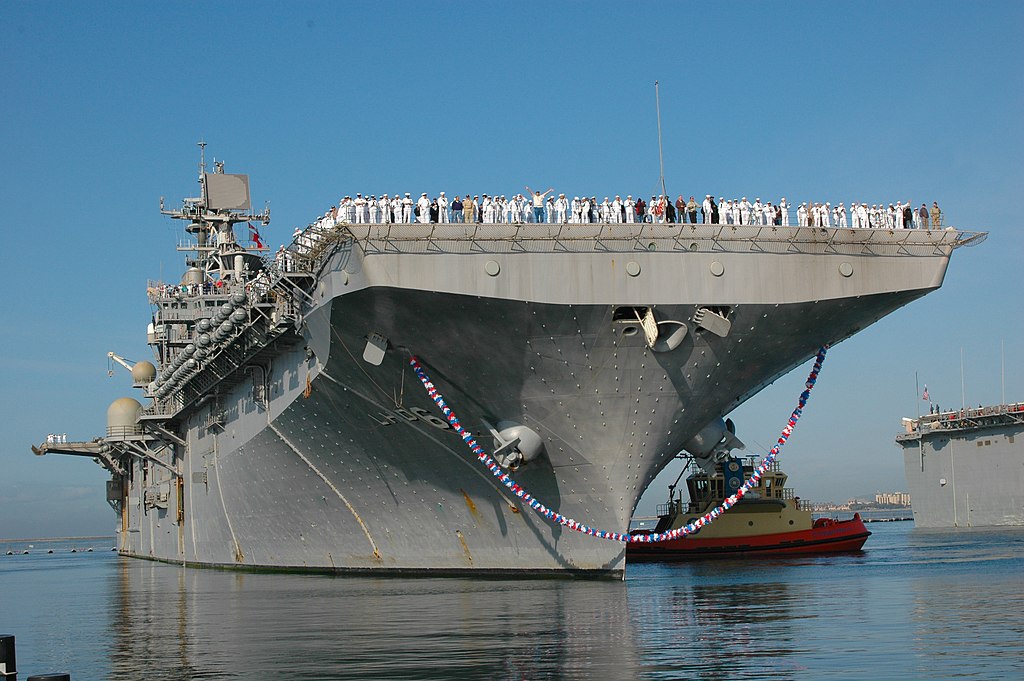
Minnick, Frederick, AZ1 and Stanley, Rolland, LCDR from the Navy Shooting team. I am still in frequent contact with Frederick Minnick.
Nicholas, Ken, LT NAMTD AT2 From NAMTD 1025. He was a PO2 Instructor.
What profession did you follow after your military service and what are you doing now? if you are currently serving, what is your present occupational specialty?
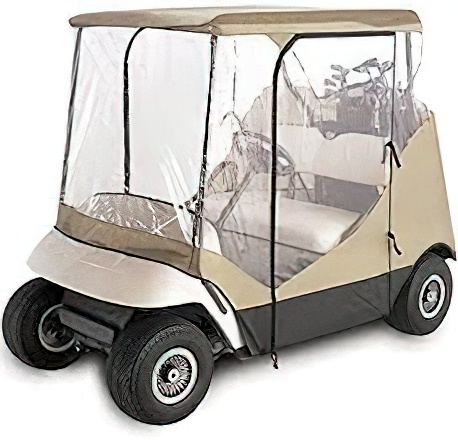
My first position was with the Idaho Department of Employment as a Consultant, where I Interviewed and evaluated applicant skills, training, and work history for job placement. Administer and evaluate aptitude and skill tests. Prepare forms. Negotiate agreements and approve On the Job Training agreements.
There were few training jobs then, so I entered the Developmental Disabilities Field. I started as a Developmental Specialist, where I conducted a needs assessment and designed intervention programs for developmentally delayed and physically handicapped adults. I moved on to Manage staff and developmentally delayed clients. I coordinated professional assessments and supervised the treatment teams.
After becoming a Qualified Mental Retardation Professional, I became the Training Coordinator/CEO of a large Developmental Center with 112 Clients/students at 4 locations. I supervised 17 Professional and 92 paraprofessional staff. Review client records and ensure the quality of training. I have supervised administrative staff. Wrote staff evaluations. Planned, implemented, and managed a summer training program for 36 school-aged children.
Then I became the Program Director, where I conducted needs assessments and designed training programs for children, adults, and staff. Supervise the implementation of training—conduct staff training and evaluations. Authored reports, conducted interviews, and ensured a high quality of training.
Then in June 1999, I started Advanced Training Solutions, Inc. as Owner and Operator, where Developmental Agencies contracted me to manage developmental programs and staff. I conducted staff training and evaluations, authored reports, and ensured the quality of training.
After a wreck on my Harley, from which it took eight months to recover. I went to work at Centennial Job Corps in July 2007. I helped supervise and manage 300 16 to 22-year-old male and female at-risk students from a greatly diversified background in a residential living dorm setting. I conducted monthly interviews with 25 students to evaluate their progress and assist with any problems they may be having.
I retired in 2011 and purchased a Golf Cart with cover and golf five days a week year-round.
What military associations are you a member of, if any? what specific benefits do you derive from your memberships?
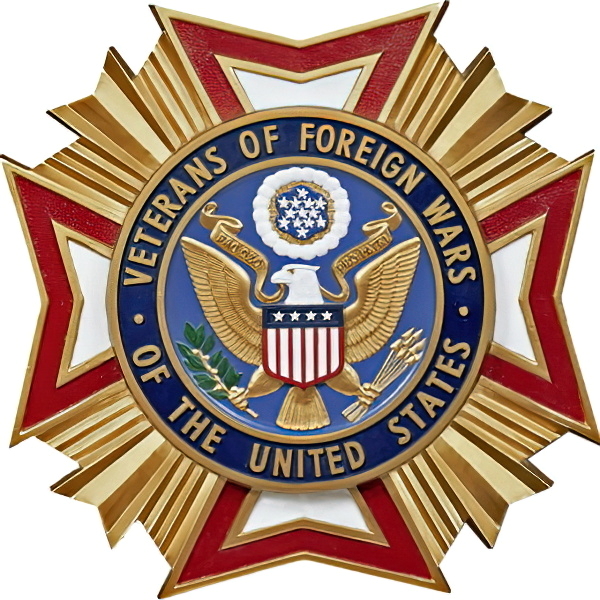
I am a life member of the Veteran of Foreign Wars (VFW) and The National Rifle Association (NRA).
These organizations help Protect the Freedoms I cherish.
In what ways has serving in the military influenced the way you have approached your life and your career? What do you miss most about your time in the service?
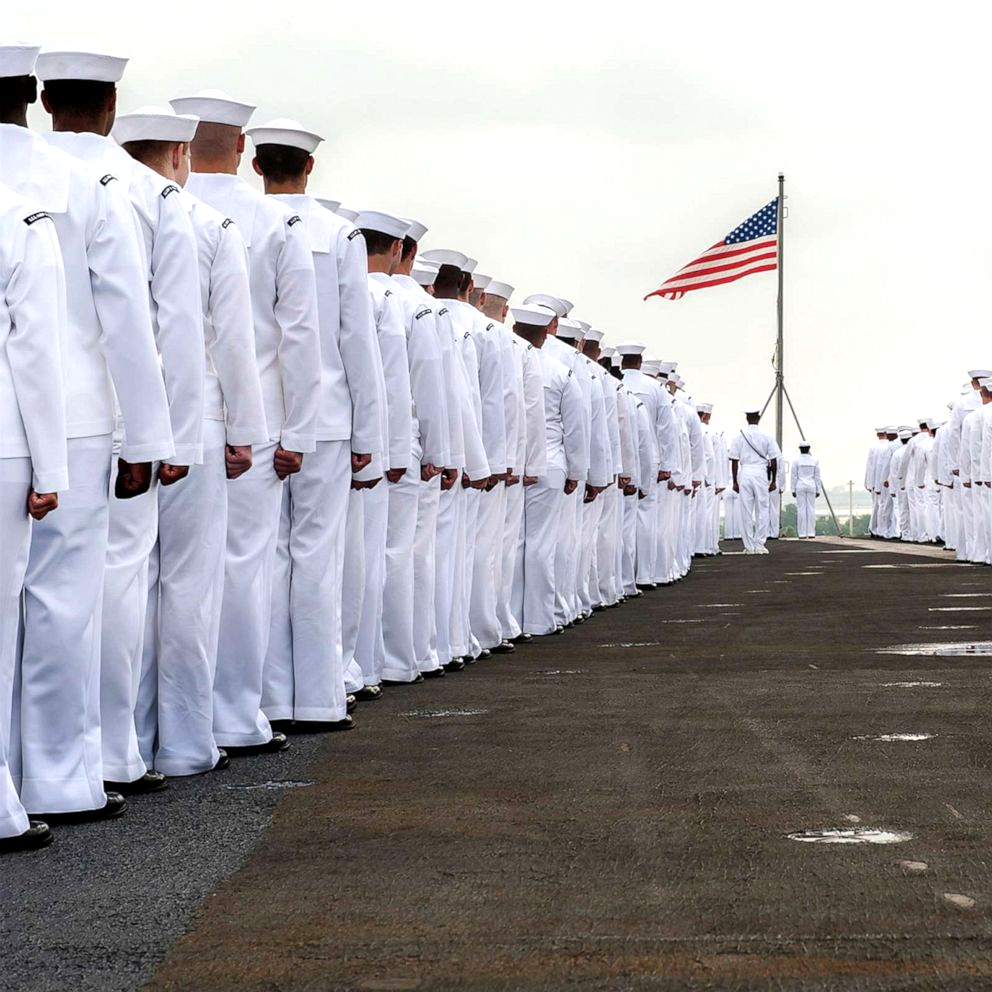
My experience in the Navy taught me to look to the future and to set long-term, mid-term, and short-term goals. You have to know where you want to end up before starting on the road to getting there. How do you make your daily choices if you don’t have a plan to guide you?
I miss the team feeling and camaraderie of teamwork. The feeling that you can count on your shipmates to be there for you in good and hard times. Duty, Honor, Country.
Based on your own experiences, what advice would you give to those who have recently joined the Navy?
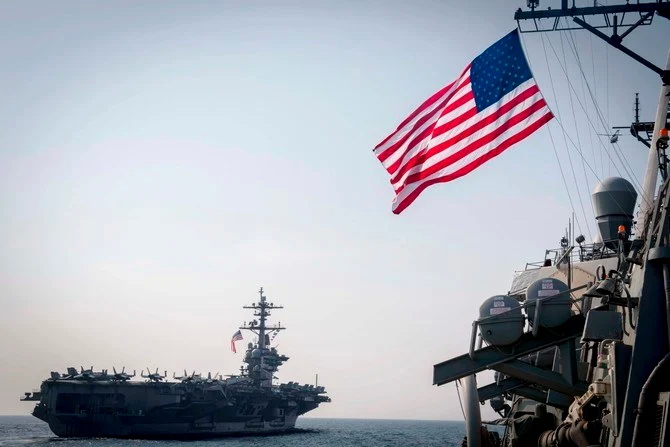
You have an opportunity to serve the country, and in doing so, you can provide yourself with good habits and the chance to propel yourself through a good life and a great future if you keep yourself on a steady line. Keep yourself in the minute of now and keep an eye on the short, mid, and long terms.
In what ways has togetherweserved.com helped you remember your military service and the friends you served with.
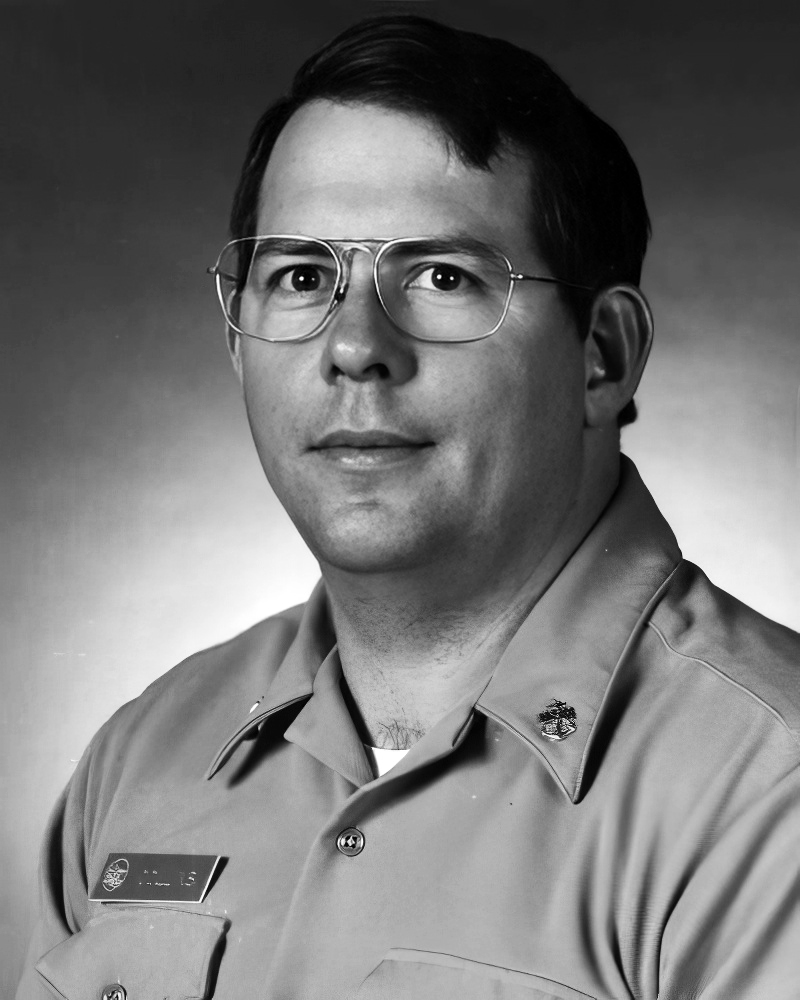
It allows me to see where I was and how my friends are doing now. It helps me remember the good old days.
PRESERVE YOUR OWN SERVICE MEMORIES!
Boot Camp, Units, Combat Operations
Join Togetherweserved.com to Create a Legacy of Your Service
U.S. Marine Corps, U.S. Navy, U.S. Air Force, U.S. Army, U.S. Coast Guard
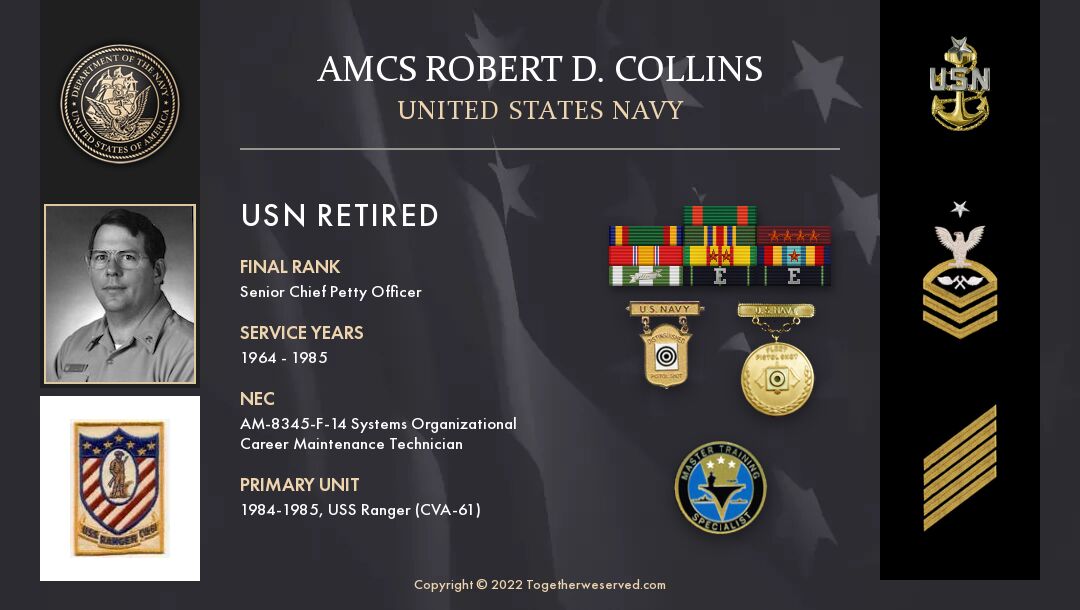
0 Comments